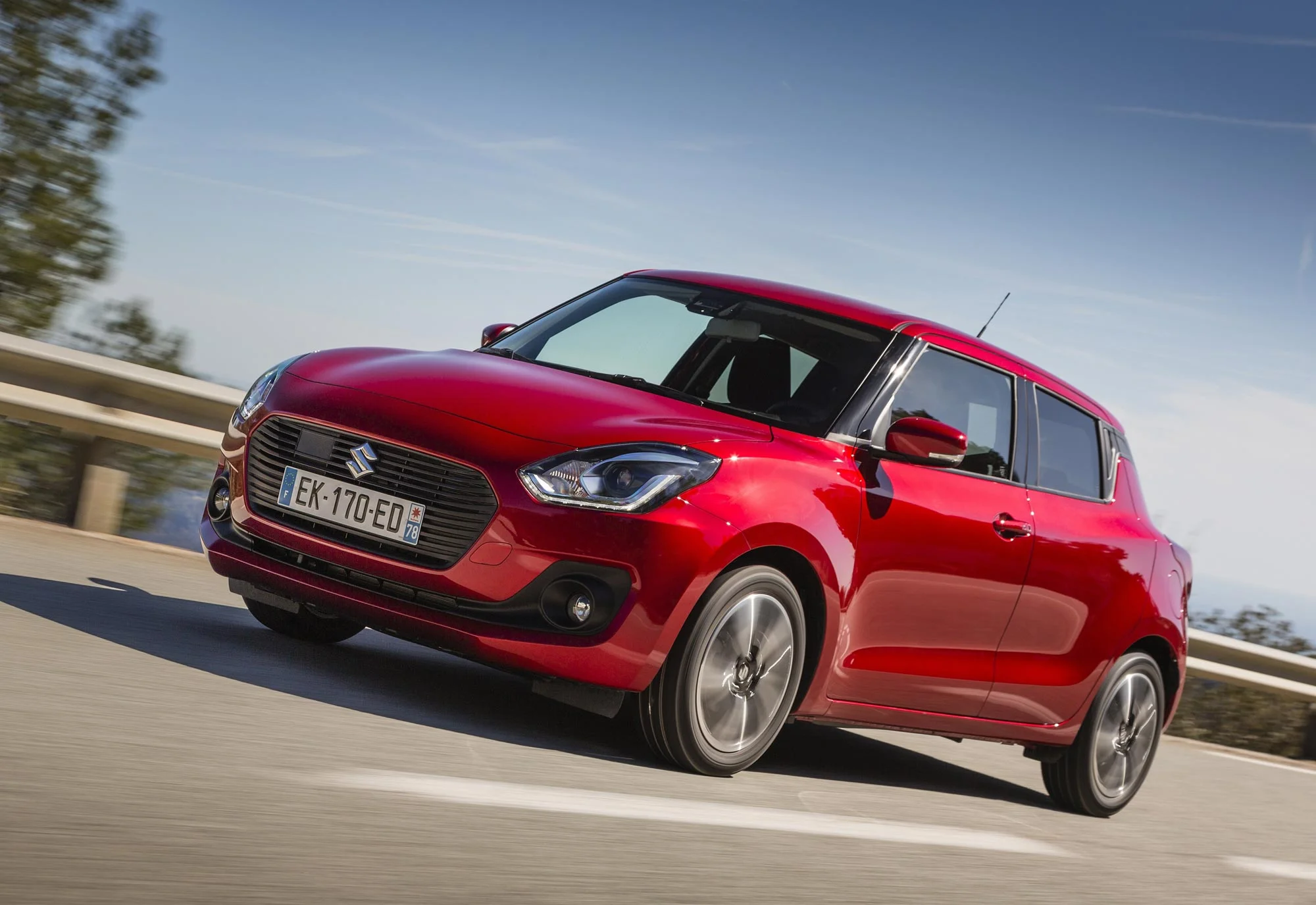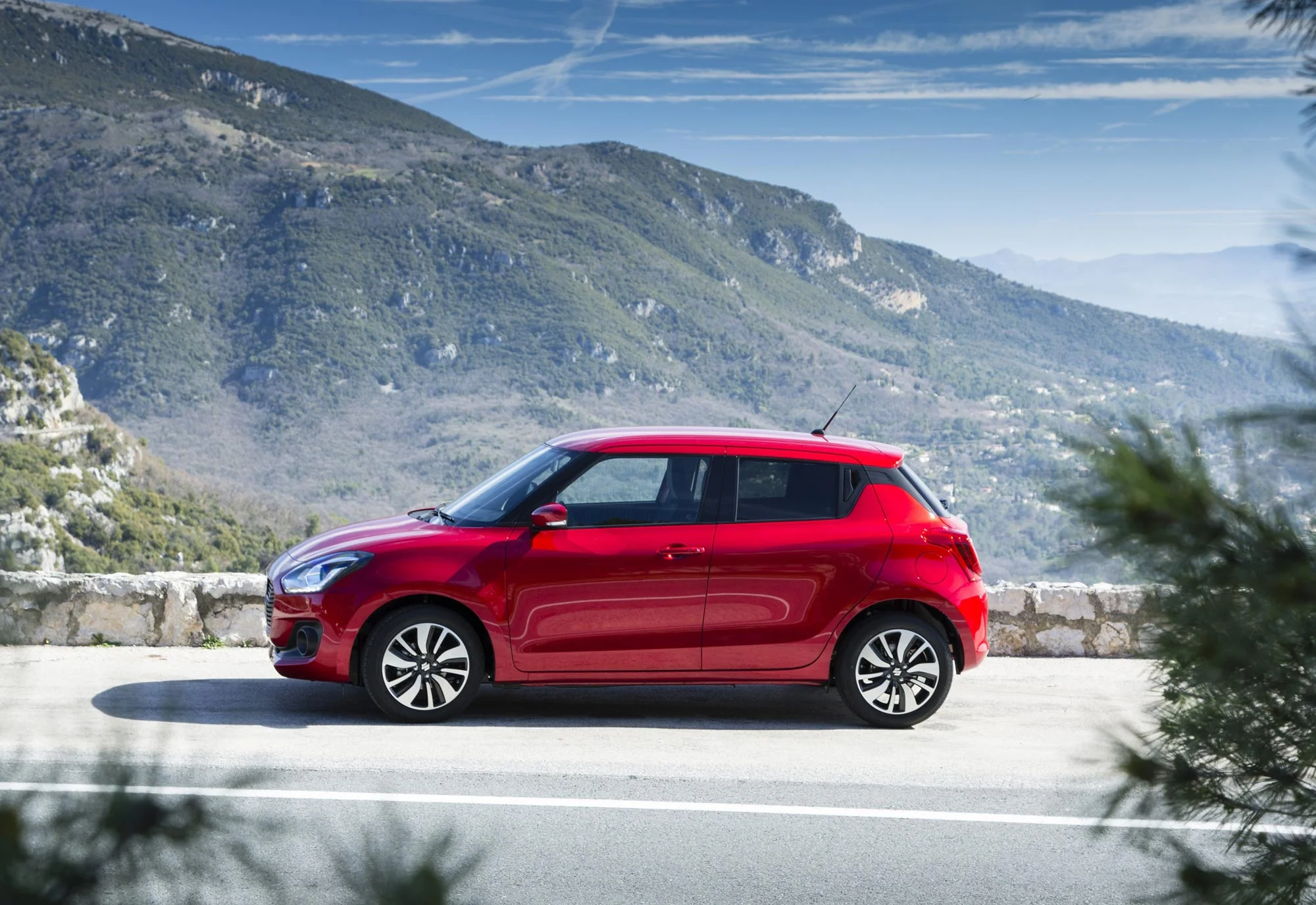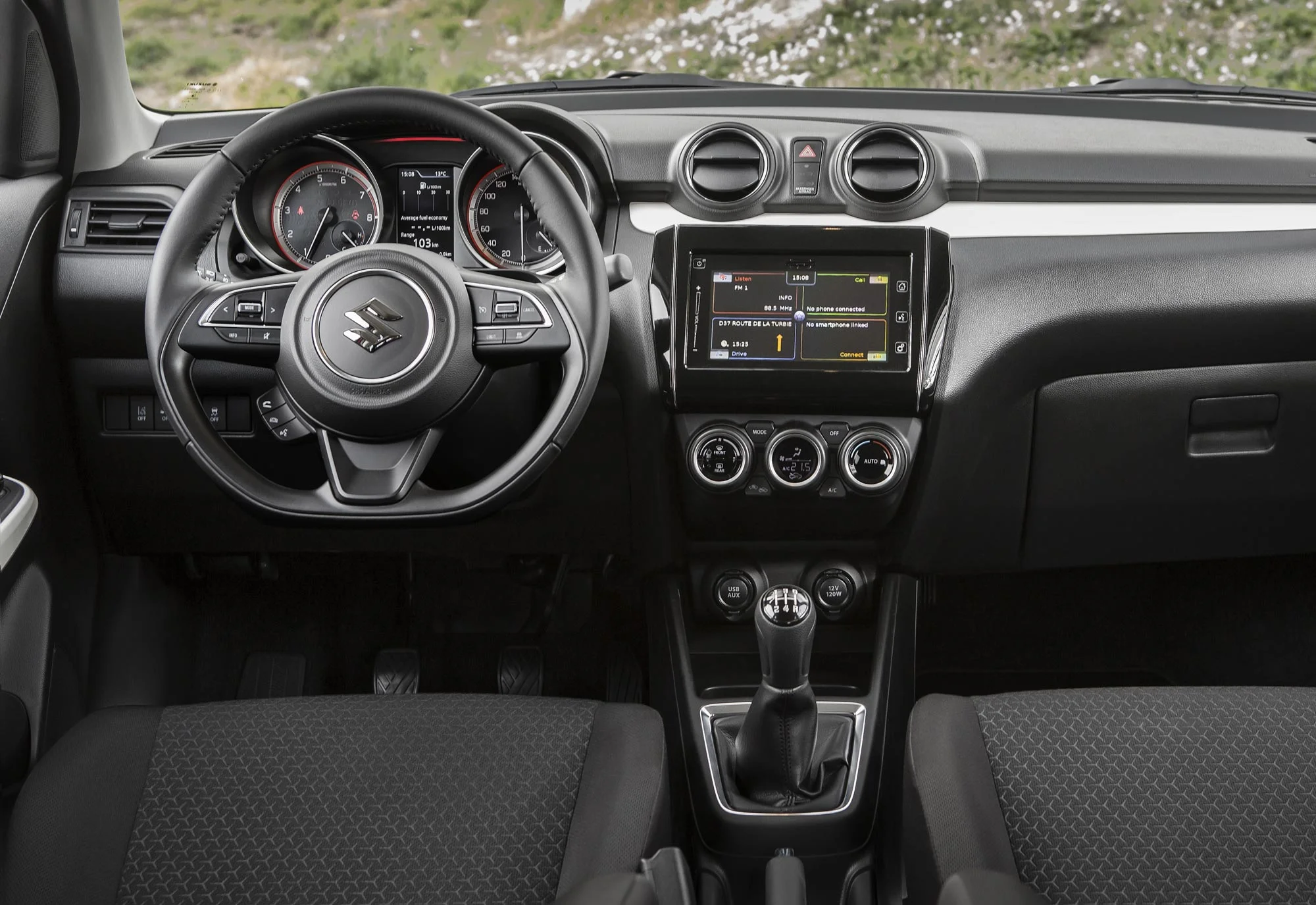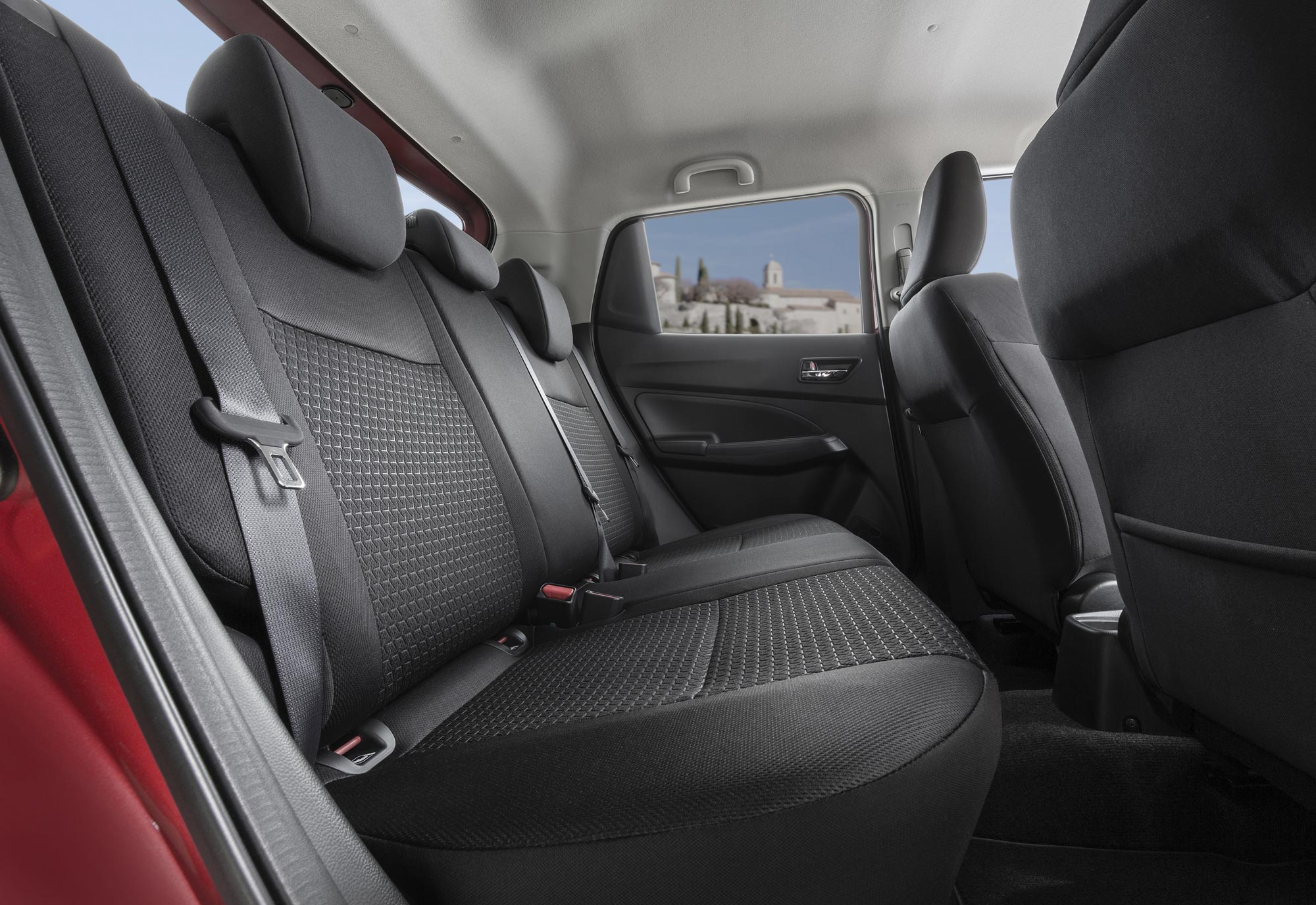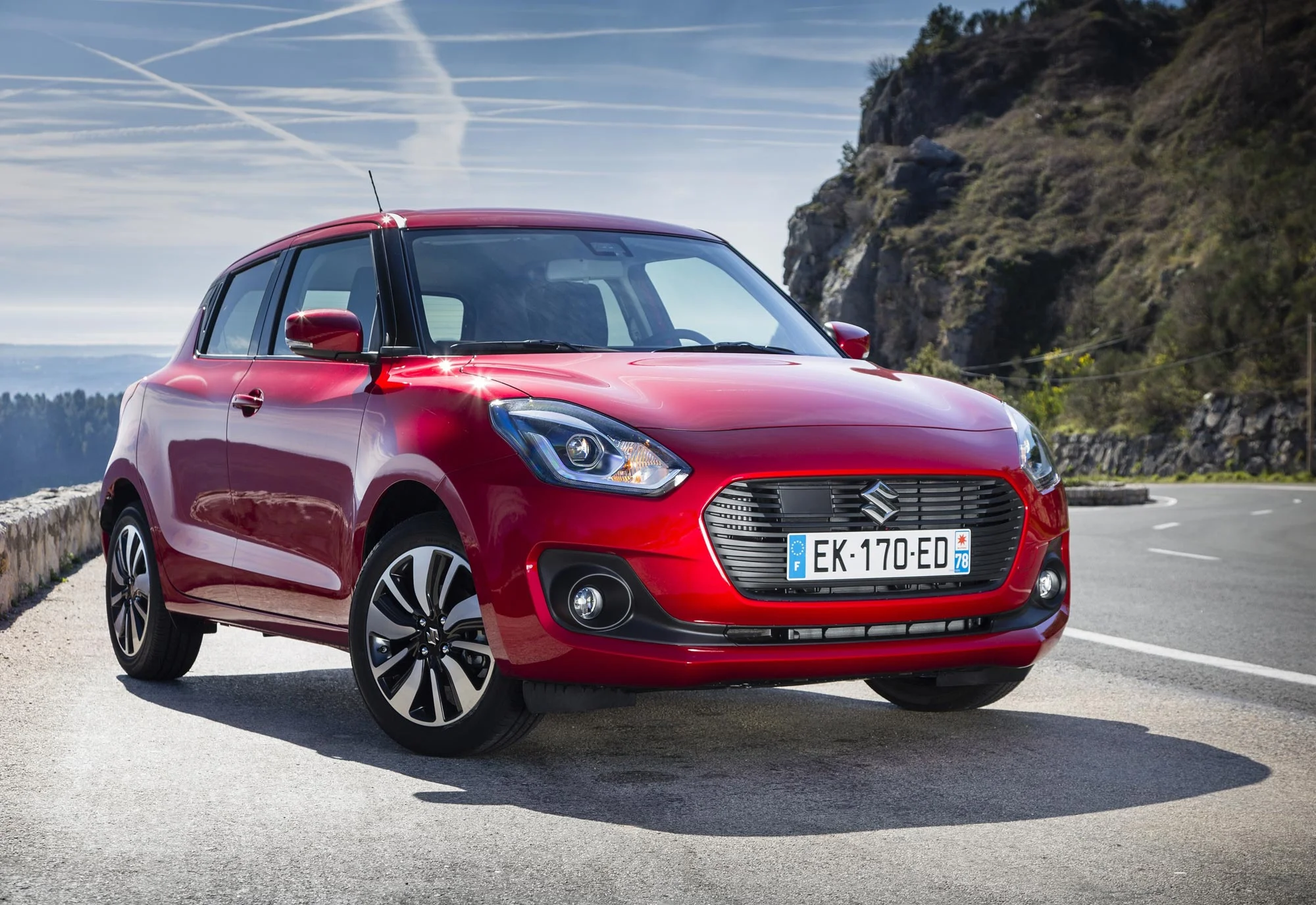The Swift has been the fastest-selling Suzuki ever with over 5.4 million finding buyers across the globe since 2005, so we sent Charis Whitcombe along to see if the all-new car can live up to its popular nameplate.
To grasp what’s so good about the new Swift, it helps to look back at the outgoing model, itself a terrific ‘driver’s’ supermini. With handling to please the more enthusiastic motorist, it was no mere shopping cart.
But it wasn’t without faults. Our biggest grizzle was a boot the size of a teacup: the Swift might be a compact supermini, but sometimes you want to get more than a briefcase or handbag back there and it was a struggle. While we’re in moaning mode, this reviewer also had issues with what stylists might call the car’s ‘volumes’. There was something overly tall about the silhouette of the Swift – sort of pillar-box-like, a shape that belied its unusually good handling.
Leap forward seven years and the 2017 model has (to some extent) addressed both these grumbles. The boot has grown by a significant 25% – to 265 litres, which isn’t exactly huge but is a helluva lot better than it was.
And then there’s the overall look of the thing. Suzuki talks about a “bold evolution of Swift’s DNA”, which sets my teeth on edge because it’s what manufacturers always say when they launch a new generation of a popular model. They probably said it about the last model of the Swift, which hit the market in 2010, and I remember we were sarky at the time because the styling changes amounted to slightly stretched lights and a marginally deeper rear bumper. You had to play spot-the-difference to, er, spot the difference.
But this time, the DNA guff is spot-on. In other words, it’s still recognisably the much-loved Swift, but that overly tall impression has gone, thanks both to genuine dimensional changes (15mm lower and 40mm wider) and clever styling tweaks, such as a blacked-out B-pillars and pillar-mounted handles. The tweaks give the impression of a lower centre of gravity and a floating roof. The Swift finally looks like the light, stiff, chuckable little car it really is.
The good stuff doesn’t stop here. Another predictable claim by every manufacturer is that its new baby is inevitably ‘lighter, more powerful and more fuel-efficient’ than the old but, in the case of the Swift, the enhancements are more than mere flannel to describe a miniscule change. Get this: the 2017 Swift is up to 10% lighter, or more than 100kg. That’s huge. It’s getting on for the weight of two passengers, and you can imagine the difference in the feel of the car, not to mention the economy, if you pushed two people out onto the pavement.
Suzuki says the Swift’s target rivals include the Ibiza, Fabia, i20, Rio and Mazda2. This is stiff competition, but the latest Swift is good enough to win quite a few new customers. Of course, a lot will depend on the price, and Suzuki is keeping tight-lipped on that till nearer the June launch date.
We drove what will no doubt be one of the pricier models, the 1.0 3-cylinder Boosterjet 5-speed manual with SHVS – a mild hybrid system that helps to achieve CO2 figures of 97g/km and Combined fuel economy of 65.7mpg. We expected to enjoy it and we did, the lively little car proving agile and responsive, with little in the way of unwanted engine noise and a great ability to corner rapidly. What we didn’t expect was the improved sense of cabin space, particularly in the rear.
Other engines to be offered in the UK are the same 111HP Boosterjet without SHVS (104g/km and 61.4mpg Combined) and the 90HP 1.2-litre Dualjet (98g/km and 65.7mpg without SHVS, or 101g/km and 62.8mpg with both SHVS and 4WD).
There will be a Sport model in due course, but there’s no news on the timing yet. A grudging “maybe in the next six months” is the closest we could get to a tip-off.
Meanwhile, the 3-door Swift is being dropped entirely from the UK model range. We can see the sense in that, as sales were low and now that the rear door-handles are integrated, the 5-door looks 3-doorsier anyway. What we can’t see the sense in is the decision not to offer UK Swift buyers the option of heated seats. Given that Suzuki estimates around 10% of UK Swift sales will be 4WD because – we’re told – a relatively high proportion of loyal Suzuki customers live in rural areas, wouldn’t these buyers appreciate a nice warm bum on a frosty morning? I would.

